Affidavit of Ownership Samples
-
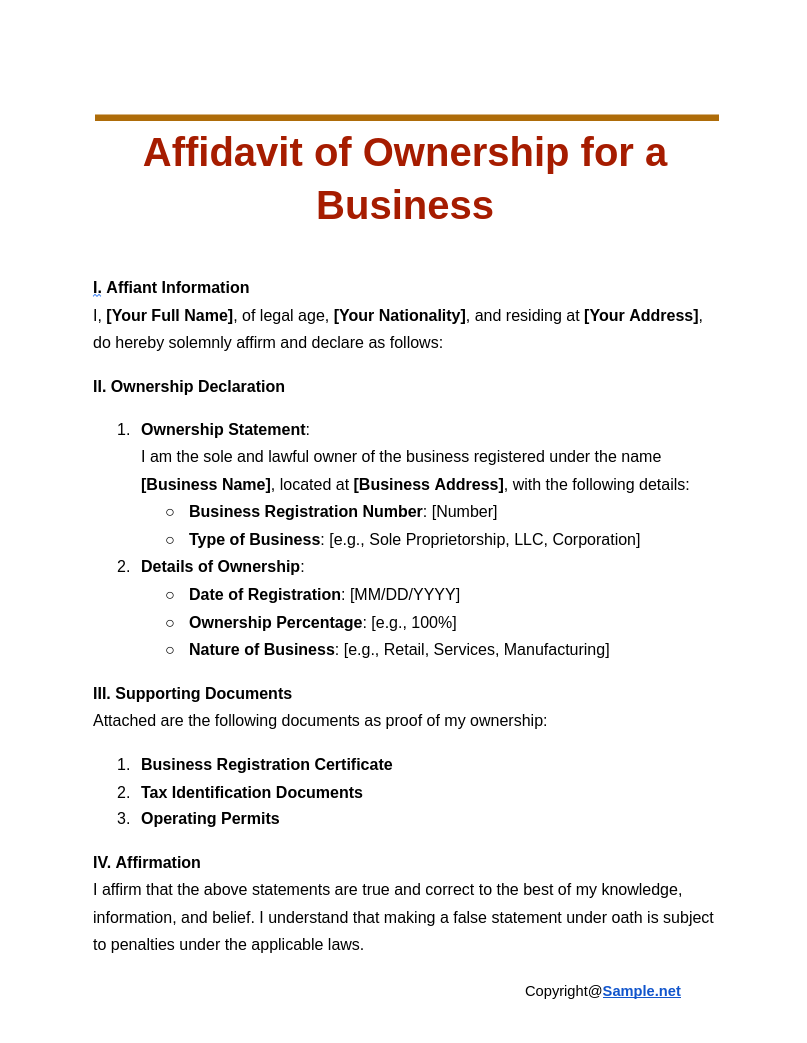
Affidavit of Ownerschip for a Business
download now -

Affidavit of Stock Ownership
download now -

House Affidavit of Ownership
download now -

Joint Affidavit of Ownership
download now -

Affidavit of Ownership Template
download now -
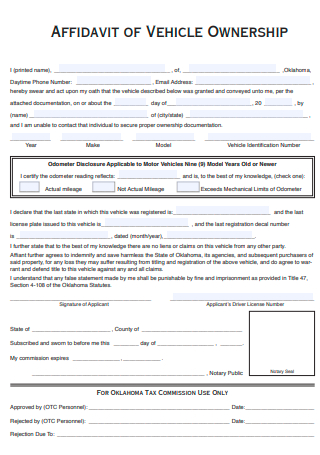
Affidavit of Vehicle Ownership
download now -
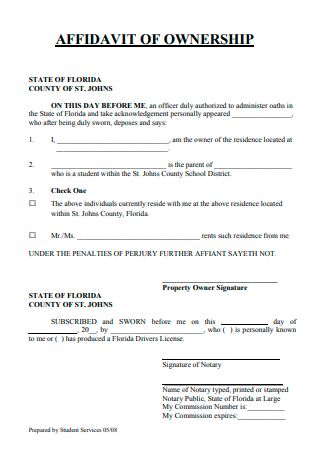
Basic Affidavit of Ownership
download now -
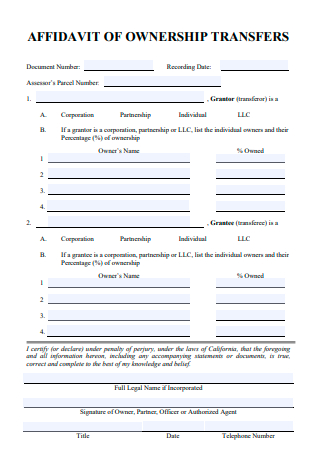
Affidavit of Ownership Transfers
download now -
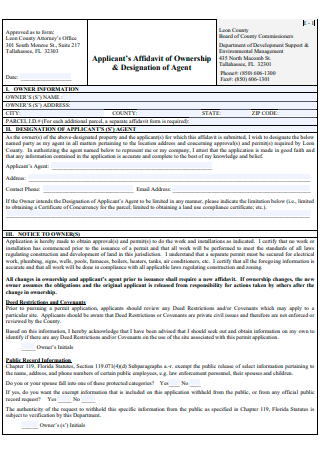
Applicants Affidavit of Ownership and Designation of Agent
download now -
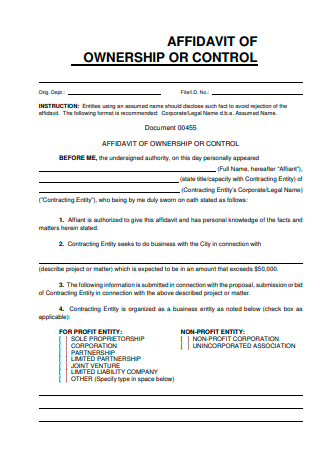
Affidavit of Ownership or Control
download now -
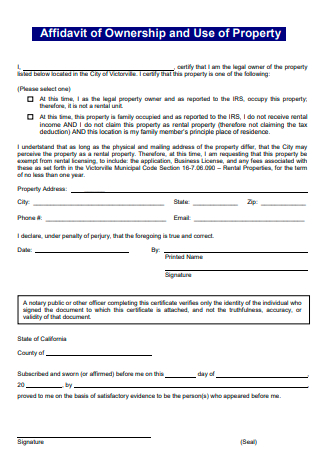
Affidavit of Ownership and Use of Property
download now -
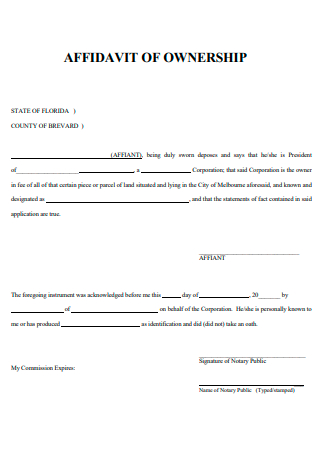
Formal Affidavit of Ownership
download now -
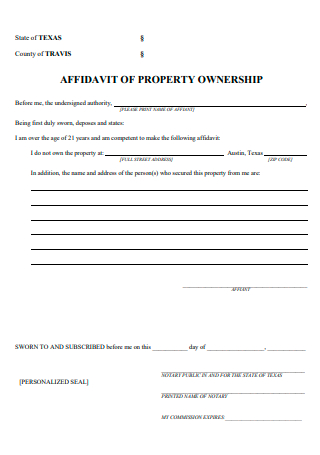
Affidavit of Property Ownership
download now -
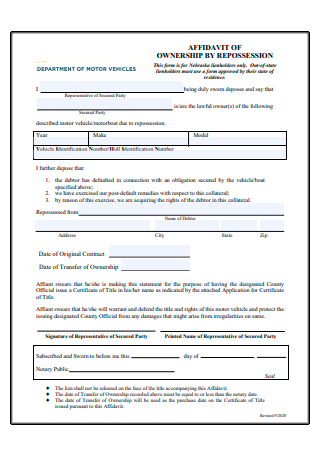
Affidavit of Ownership By Repossession
download now -
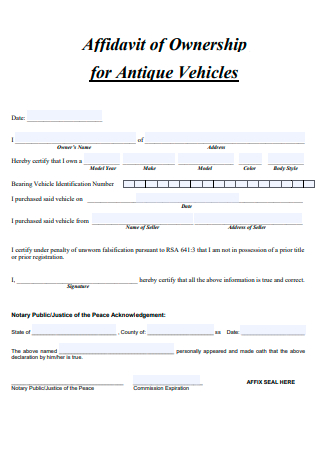
Affidavit of Ownership For Antique Vehicles
download now -
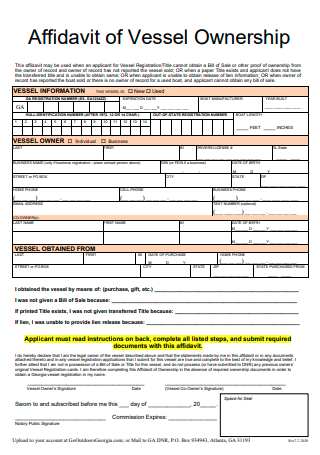
Affidavit of Vessel Ownership
download now -
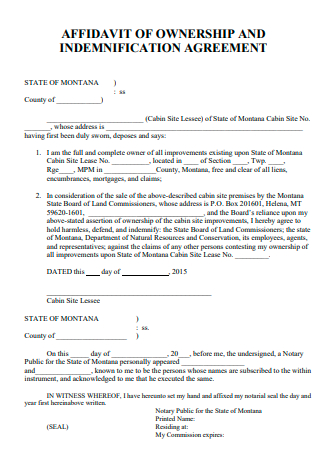
Affidavit of Ownership and Indemnification Agreement
download now -
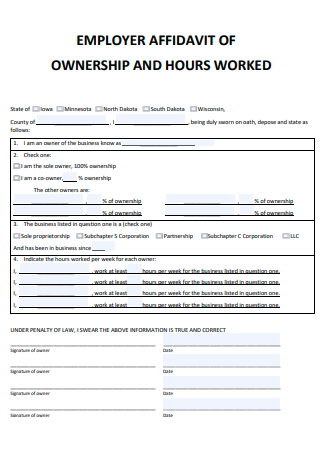
Employer Affidavit of Ownership and Hours Worked
download now -
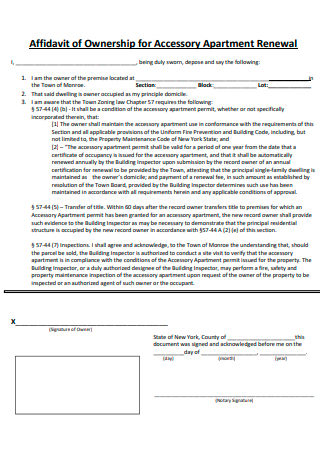
Affidavit of Ownership for Accessory Apartment Renewal
download now -

Affidavit of Ownership and Loss with Undertaking
download now -
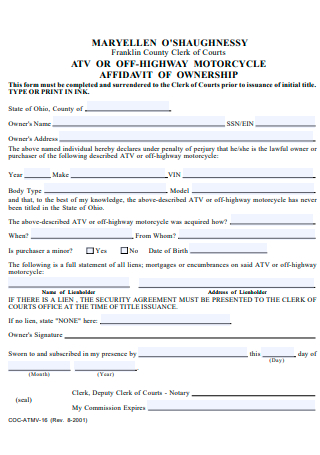
Motorcycle Affidavit of Ownership
download now -
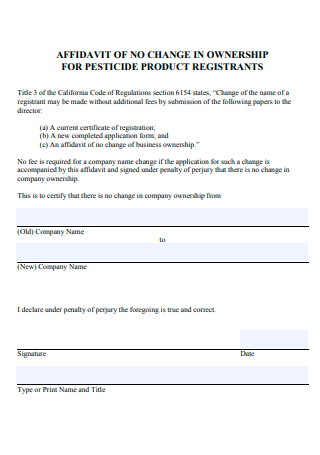
Affidavit of No Change in Ownership
download now -
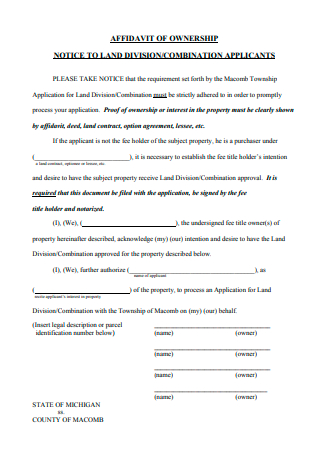
Affidavit of Ownership Notice to Land Division
download now -
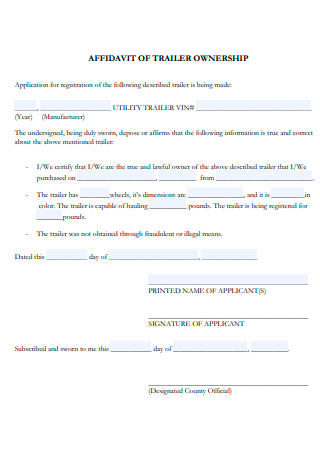
Affidavit of Trailer Ownership
download now -
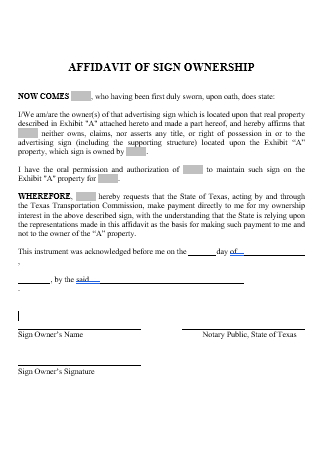
Affidavit of Sign Ownership
download now
FREE Affidavit of Ownership s to Download
Affidavit of Ownership Format
Affidavit of Ownership Samples
What is an Affidavit of Ownership?
Key Components of Affidavit of Ownership
How to Create an Affidavit of Ownership
FAQs
What is the difference between Tenancy in Common and Joint Tenancy?
What does intellectual property ownership entail?
What does personal property mean?
Can an Affidavit of Ownership be used for joint ownership?
What happens if an Affidavit of Ownership is challenged in court?
How does an Affidavit of Ownership differ from a Title?
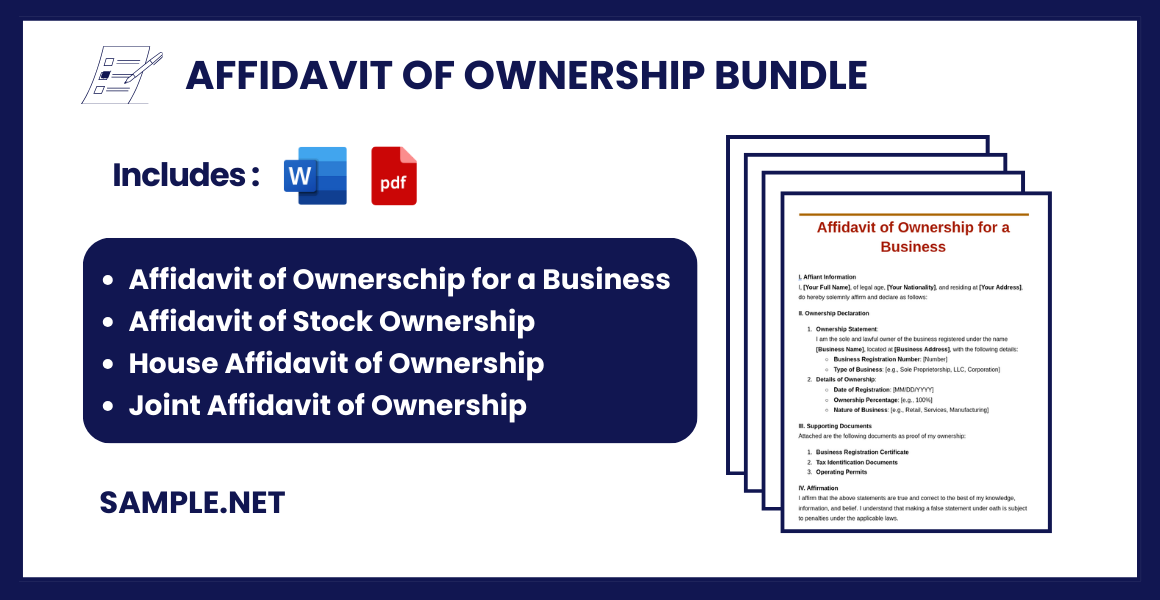
Download Affidavit of Ownership Bundle
Affidavit of Ownership Format
I. Affiant Information
I, [Your Full Name], of legal age, [Your Nationality], and residing at [Your Address], do hereby solemnly affirm and declare as follows:
II. Ownership Declaration
- Ownership Statement:
I am the sole and lawful owner of [Description of the Asset/Property], located at [Location/Address of the Asset, if applicable], bearing identification/reference number [Reference Number, if any]. - Details of Ownership:
- Type of Property/Asset: [e.g., Real estate, Vehicle, Business, Intellectual property]
- Acquisition Date: [MM/DD/YYYY]
- Mode of Acquisition: [e.g., Purchase, Inheritance, Gift, etc.]
III. Supporting Documents
Attached to this affidavit are copies of the following documents, as evidence of my ownership:
1. [Document Name 1]
2. [Document Name 2]
3. [Document Name 3]
IV. Affirmation
I affirm that the above statements are true and correct to the best of my knowledge, information, and belief. I understand that making a false statement under oath is subject to penalties under the applicable laws.
V. Signature
Signed on this [Day] day of [Month, Year], at [Location].
Affiant’s Signature: ___________________________
Printed Name: [Your Full Name]
VI. Notarization
SUBSCRIBED AND SWORN TO BEFORE ME, this [Day] day of [Month, Year], by [Affiant’s Name], personally known to me or identified by [Identification Document], at [Location].
Notary Public: ___________________________
Notary’s Printed Name: [Notary’s Name]
Commission Number: [Commission Number, if applicable]
My Commission Expires: [Date]
Seal/Stamp
What is an Affidavit of Ownership?
An Affidavit of Ownership is a sworn legal statement that affirms an individual’s ownership rights over a property or asset. It is typically notarized, which provides it with legal standing. This document is often used in cases such as real estate ownership, vehicle transactions, or intellectual property rights to substantiate claims. The affidavit includes details like the owner’s name, asset description, and any supporting evidence to strengthen the claim. You can also see more on Affidavit of Property.
Key Components of Affidavit of Ownership
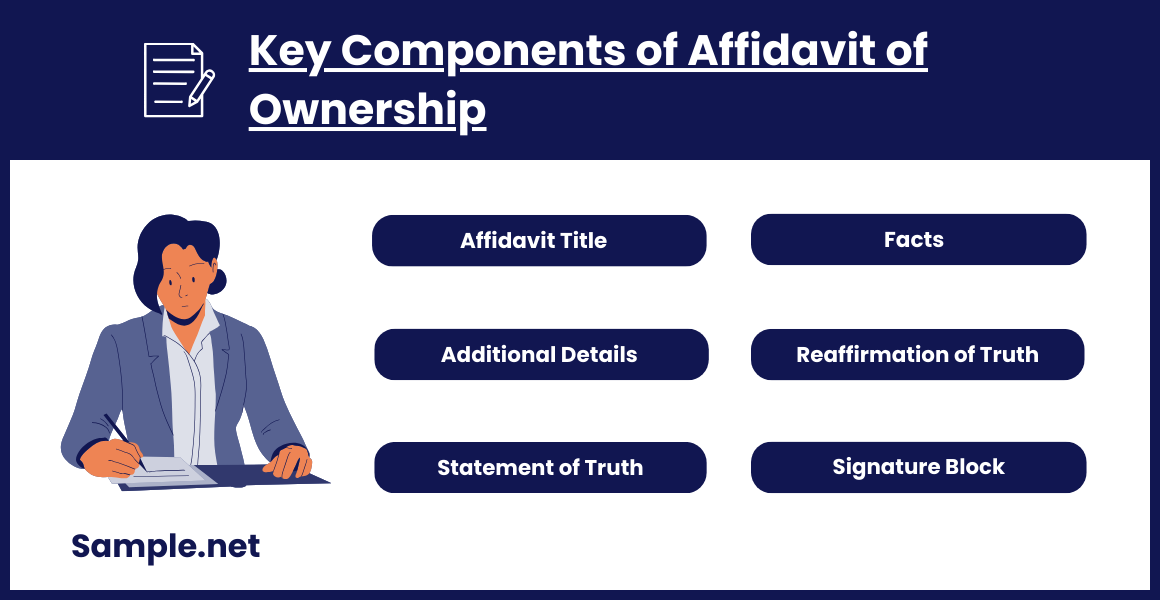
Listed and discussed below are some of the key components that should be present when writing an ownership affidavit:
How to Create an Affidavit of Ownership
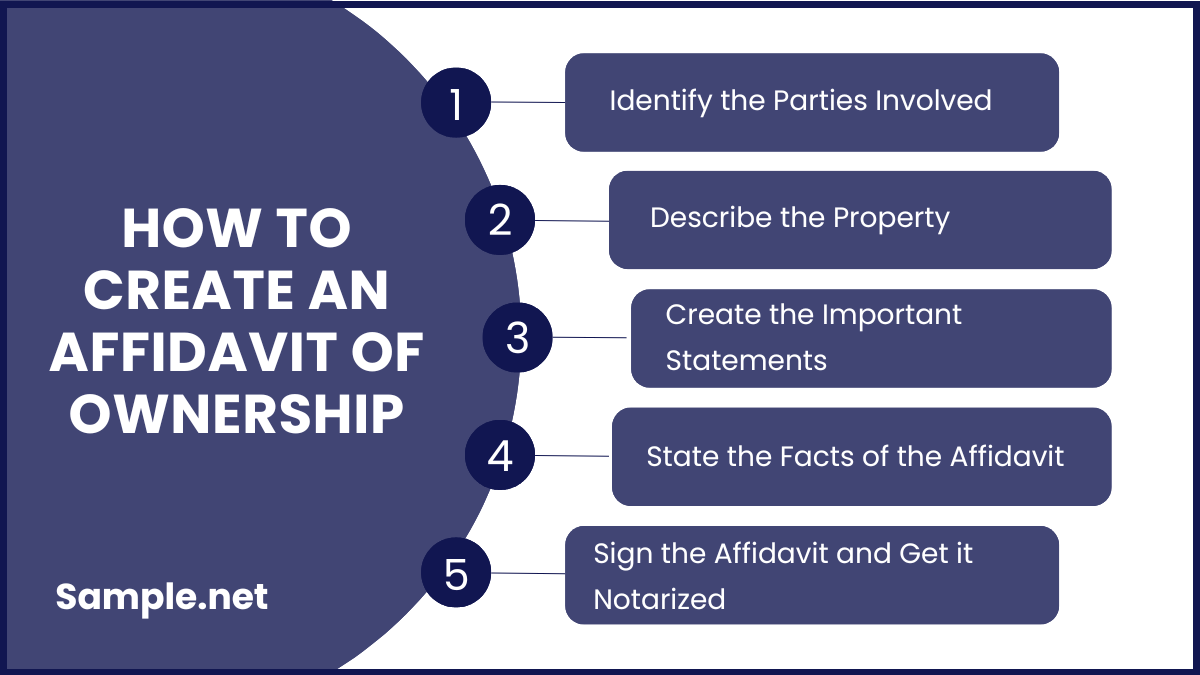
In order to be deemed effective, the creation process of an affidavit of ownership needs to abide by certain steps, all of which will be discussed below:
1. Identify the Parties Involved
The first step that needs to be done when creating an affidavit of ownership would be to identify the parties involved in this document. Typically, the parties involved here are the owner/s of the said property in question. In identifying the owners, their details usually need to be included, such as their name, age, address, occupation, and others. After the details have been properly identified, they will then be put in writing in the statement of identity section of the affidavit. You can also see more on Affidavit of Death.
2. Describe the Property
After identifying who are the parties involved in the affidavit of ownership (the property owners), it’s time to proceed to this step, in which the property in question will be described. When describing the said property, be sure to include details such as the type of property that is owned by the entity, when it was acquired, and how it came to be in possession of the property owner.
3. Create the Important Statements
After providing a detailed description of the property in the previous step, it’s time to proceed to this one, in which the necessary statements of the affidavit are to be created. The statements being referred to are the statement of identity and the statement of affirmation. The personal information of the people involved, including their name, age, employment, place of residence, and any other pertinent information, is typically documented in the statement of identification. Create a statement of truth after that, which, as previously said, is used to testify that the affidavit contains correct facts or that the facts contained here are being done to the best of the persons involved’s knowledge. You can also see more on Gift Affidavit.
4. State the Facts of the Affidavit
After creating the necessary statements of the affidavit of ownership (statement of identity and statement of truth), this step will then follow, in which the facts of the sample affidavit will then be stated. In this step of creating the affidavit of ownership, the property ownership information, such as how the owner obtained it, when the owner acquired it, and so on, must be extensively explored. The state, country, or place where the property was purchased/is presently located may also be mentioned. It is recommended that the people concerned avoid expressing personal beliefs or viewpoints and instead rely on objective facts. It’s also a good idea to mention the facts explicitly.
5. Sign the Affidavit and Get it Notarized
This serves as the final step in creating the affidavit of ownership. This section of the affidavit of ownership must include the location where the affidavit will be signed. The documentation must also be printed and signed in front of a notary, who will also have to sign the entire form. The final affidavit must be kept in a safe place in case it is needed as confirmation of property ownership in the long run. You can also see more on Affidavit of Complaint.
The Affidavit of Ownership provides assurance in ownership matters. It is essential for confirming rights, especially during property transactions or asset claims. Preparing and notarizing this document ensures transparency and smooth handling of legal or financial procedures, avoiding misunderstandings while securing rightful ownership acknowledgment. You can also see more on Affidavit of Separation.
FAQs
What is the difference between Tenancy in Common and Joint Tenancy?
These two types of property ownership appear to be comparable at first glance. In reality, there are numerous differences between these two forms of property ownership. The asset is co-owned by two or more persons in both cases. A tenancy in common, unlike a joint tenancy, does not offer survivorship rights. Furthermore, a tenancy in common does not give equal usage, rights, or income to all owners, but a joint tenancy does.
What does intellectual property ownership entail?
Intellectual property ownership is a legal right that can occasionally be attached to the stated form of an idea or other intangible subject matter. It typically allows the holder to exert exclusive use rights in connection to the IP’s subject matter. The phrase intellectual property usually refers to the concept that the subject matter is the result of the mind or intellect and that the rights to it may be defended in court just like any other type of property, physical or intangible. You can also see more on Small Estate Affidavit.
What does personal property mean?
Any item that is not real estate falls under the category of personal property. It might be intangible, such as stocks and bonds, or physical, such as automobiles or electronic devices. Because this form of property is normally considered an asset, a lender may consider it when an individual applies for a mortgage or other loans. They are seldom taxed in comparison to immovable property.
Can an Affidavit of Ownership be used for joint ownership?
Yes, it can include multiple owners, specifying the nature of ownership (e.g., joint tenancy or tenancy in common). You can also see more on Stakeholder Analysis.
What happens if an Affidavit of Ownership is challenged in court?
The claimant must provide supporting evidence to back their declaration, and the court will assess the validity of the affidavit and attached proof.
How does an Affidavit of Ownership differ from a Title?
An affidavit is a sworn statement affirming ownership, while a title is an official document issued by authorities confirming legal ownership. You can also see more on Bill of Sale Contracts.
